How do you place 3 electrodes on an ECG?
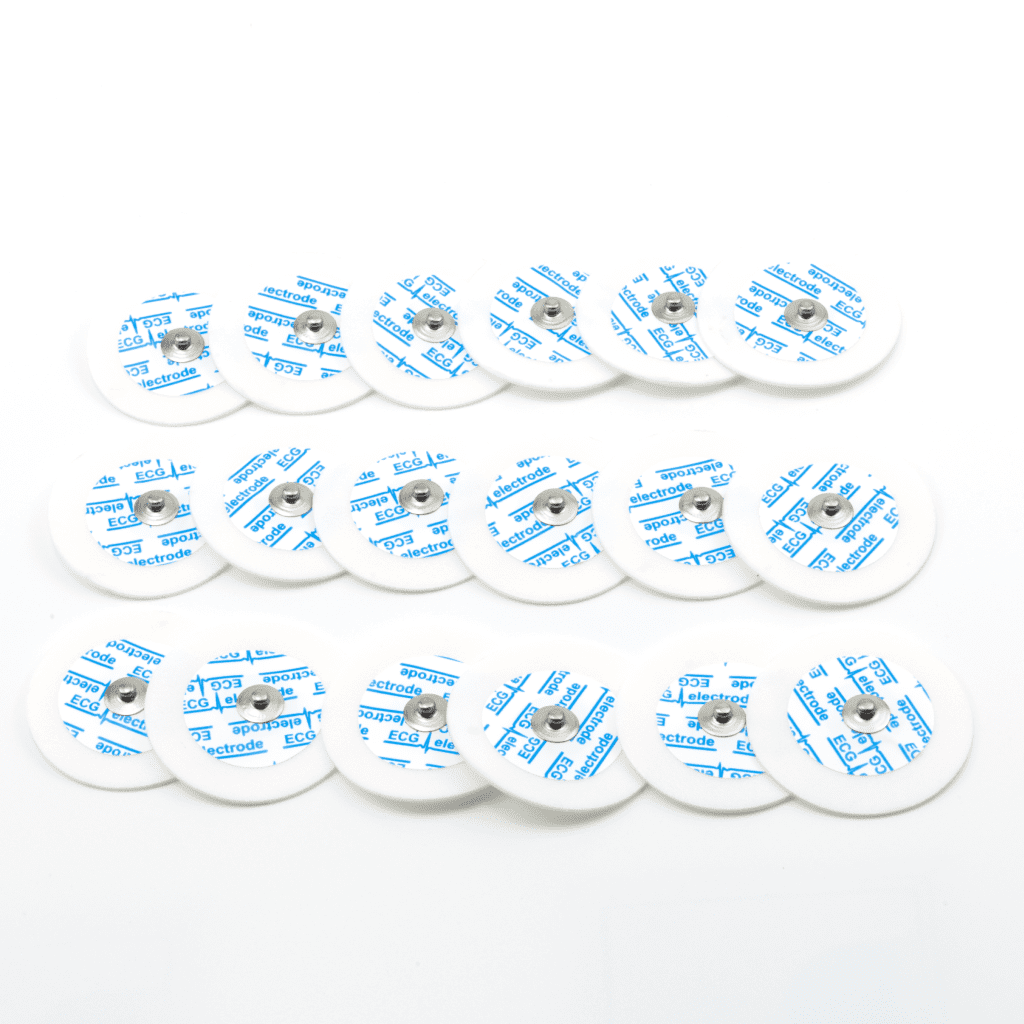
For a 3-electrode ECG, the electrodes are typically placed in the following locations: – Right arm (RA) – place the electrode on the right wrist or forearm. This will serve as the negative electrode. – Left arm (LA) – place the electrode on the left wrist or forearm. This will serve as the positive electrode. […]
Why are ECG electrodes placed where they are?
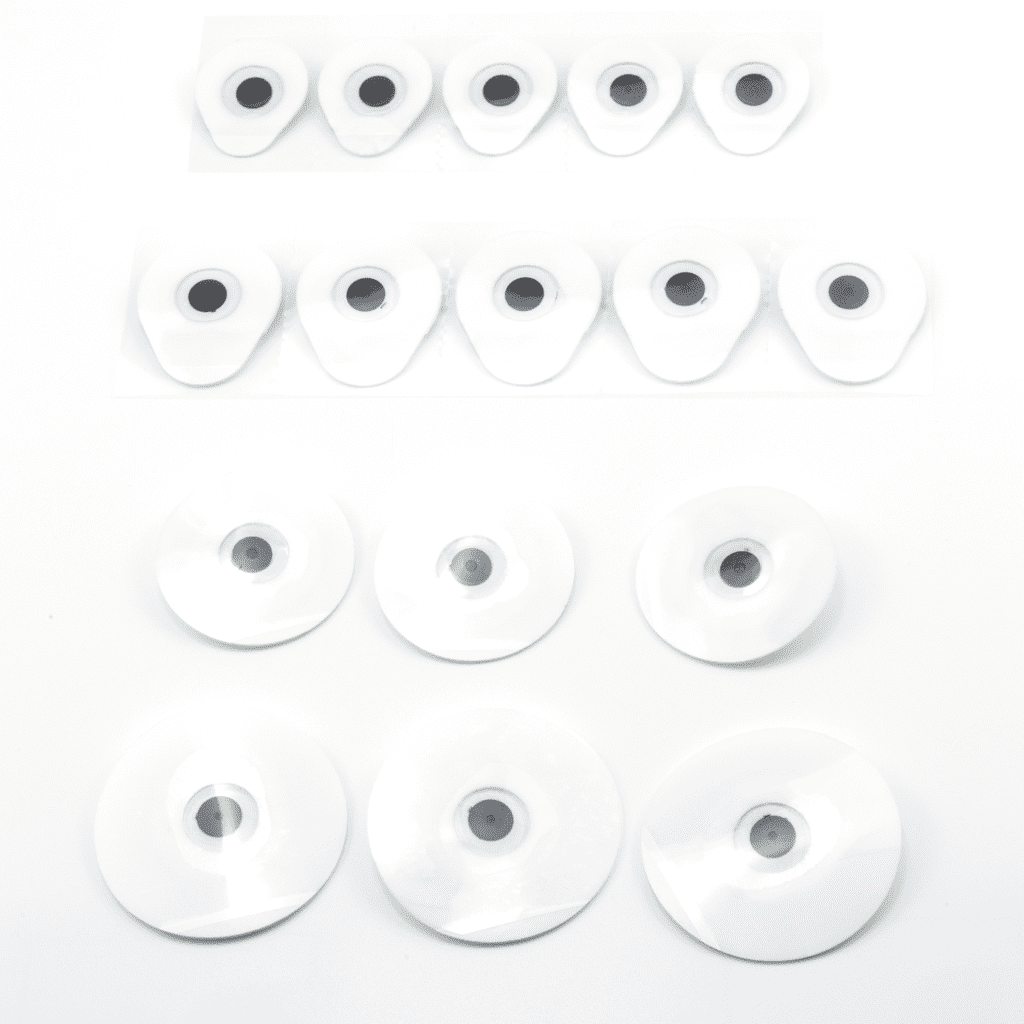
There are a few key reasons why ECG electrodes are placed in specific locations: – To record electrical activity from different angles/perspectives of the heart: The limb leads to form an equilateral triangle (Einthoven’s triangle) to get a view of the heart’s electrical impulse from three directions. The precordial leads (V1-V6) record views from different […]
Where should ECG electrodes be placed?
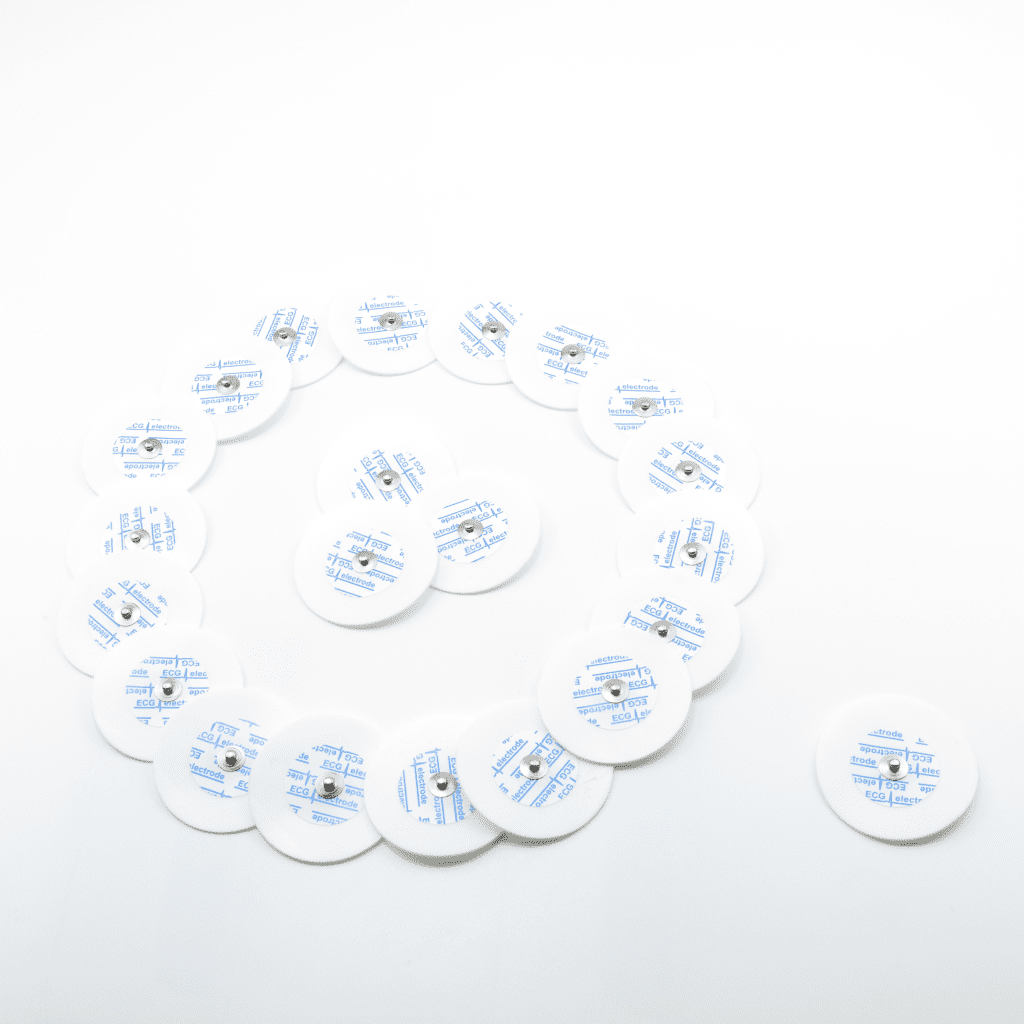
Here is where the electrodes should be placed for a standard 12-lead ECG: – RA (right arm) – on the right arm, preferably on the upper arm below the shoulder. – LA (left arm) – on the left arm, preferably on the upper arm below the shoulder. – RL (right leg) – on the right […]
What are the 12 electrodes in ECG?
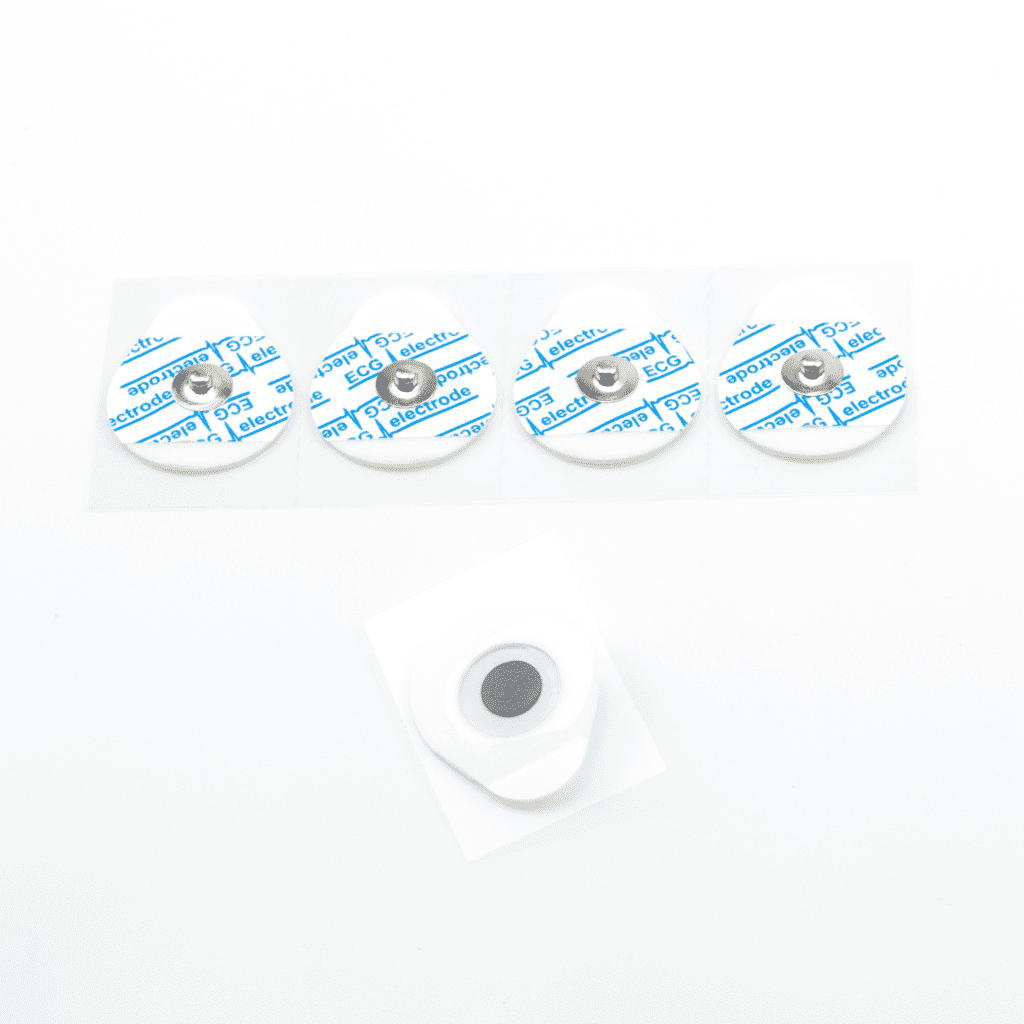
Here are the 12 electrodes used in an electrocardiogram (ECG): 1. RA – Right arm 2. LA – Left arm 3. RL – Right leg 4. LL – Left leg 5. V1 – 4th intercostal space at right sternal margin 6. V2 – 4th intercostal space at the left sternal margin 7. V3 – Between […]
What are 4 types of electrodes?
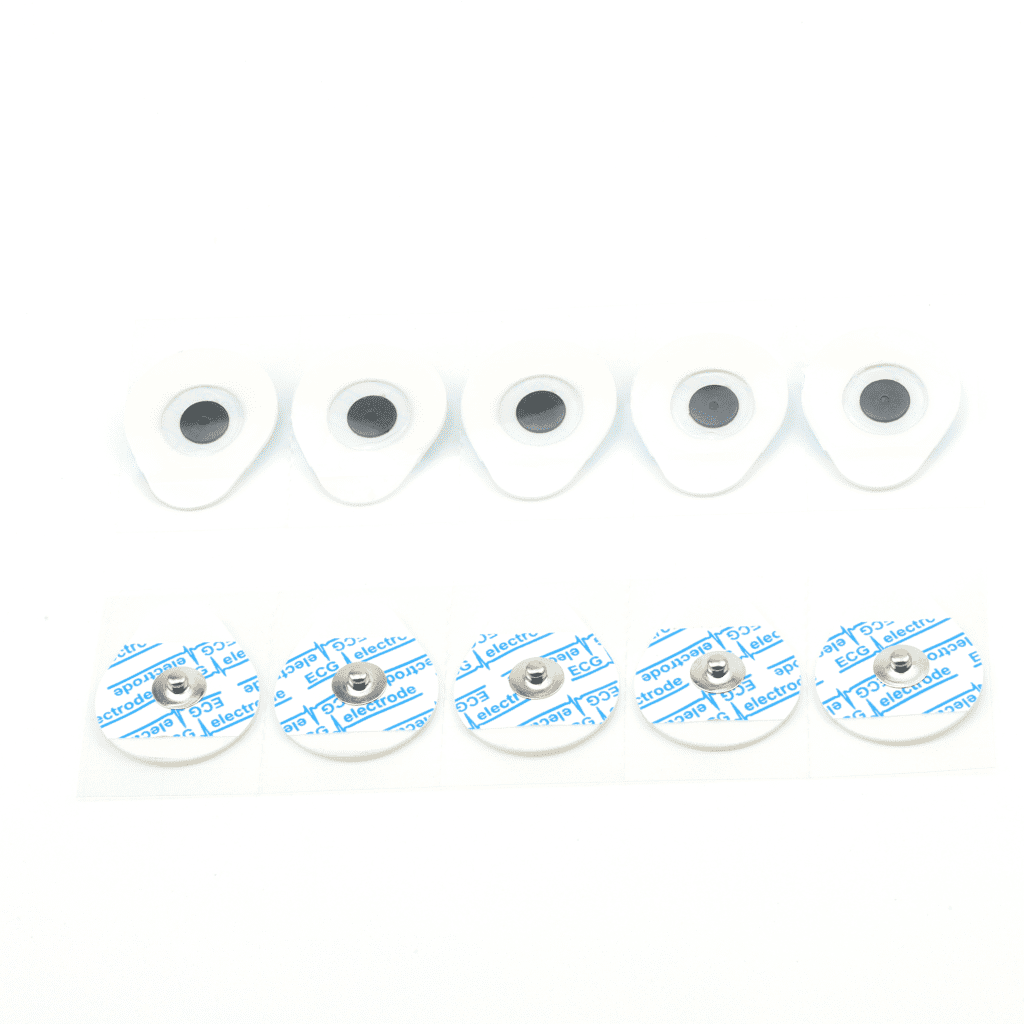
Here are 4 common types of electrodes: 1. Metal electrodes – Made of inert metals like platinum, gold, or silver. These conduct electricity easily. 2. Glass electrodes – Made of special ion-sensitive glass. Used to measure pH in solutions. 3. Gas-sensing electrodes – Made of materials like metal oxides that change resistance when exposed to […]
Use Case of Hamilton Pipette Tip
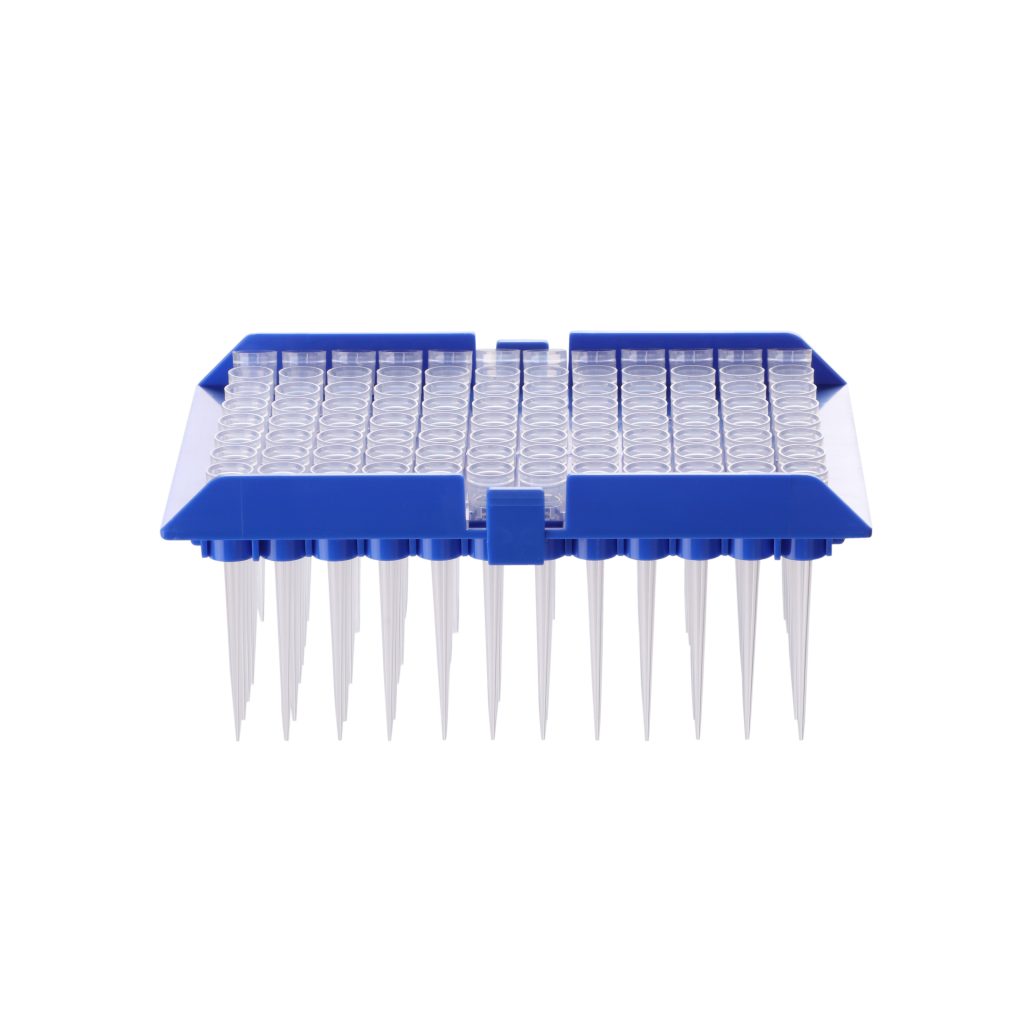
Here are some common use cases and applications for Hamilton pipette tips: – Liquid handling robots – Hamilton tips are designed to fit robotic pipetting arms from Hamilton Robotics for automated liquid transfer. – Precision pipetting – The high quality and tight manufacturing tolerances allow accurate and precise pipetting down to microliter or nanoliter volumes. […]
Use Case of Glass Serological Measuring Pipette With Graduation

Here are some common use cases and applications of glass serological measuring pipettes with graduations: – Routine liquid transfer – Used to accurately measure and transfer larger volumes (1-100 ml) of aqueous solutions, buffers, media, etc. Graduations allow visual confirmation of the volume transferred. – Serial dilutions – Prepare serial dilutions of samples, reagents, or […]
Use Case of Dynex Pipette Tip

Dynex pipette tips have some common use cases in laboratory research: – General liquid handling – They can be used for routine pipetting needs like making dilutions, aliquoting reagents or samples, etc. The tips fit universal pipette barrels from different manufacturers. – PCR setup – Useful for preparing PCR master mixes and distributing them into […]
Use Case of Deep Well Plate
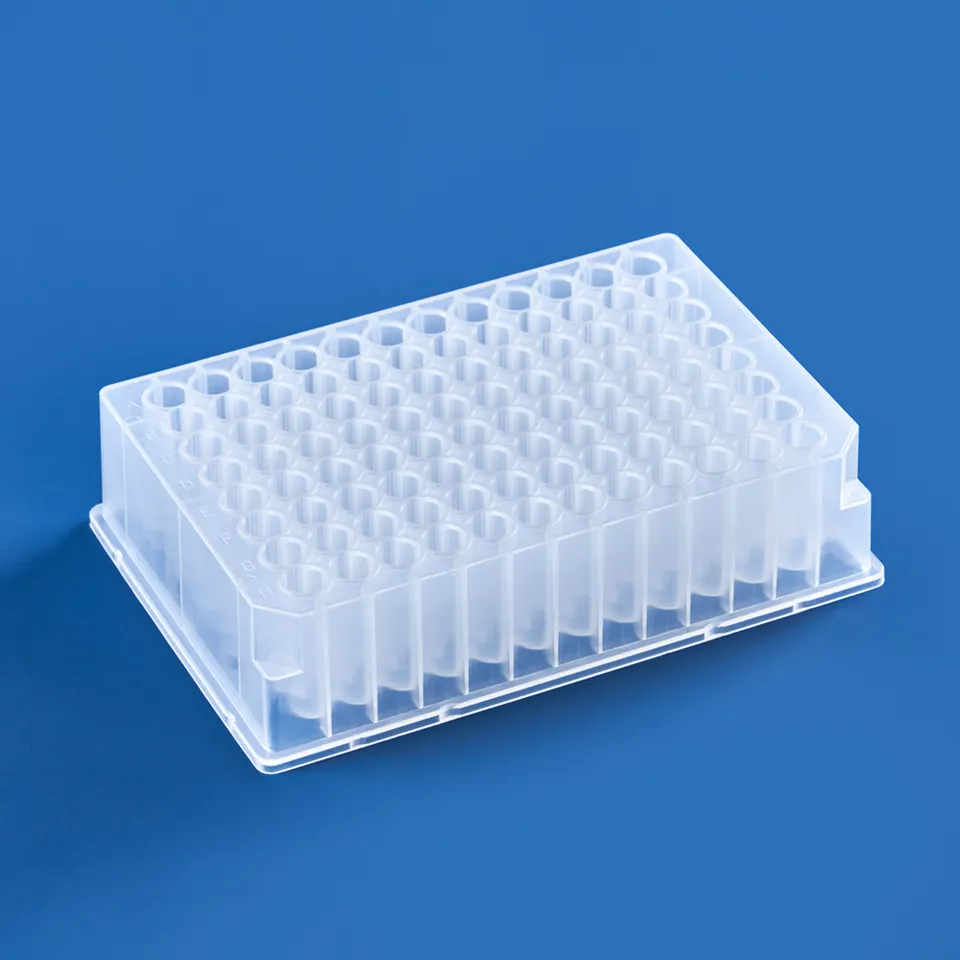
Here are some common use cases and applications of deep well plates: – Compound storage – Storing chemical libraries or other reagents for screening assays. The deep wells allow large volumes. – Sample storage – Archiving biological samples like proteins, nucleic acids, and cell lines at low temperatures. Provides high storage density. – Master plates […]
Use Case of Centrifuge Tube
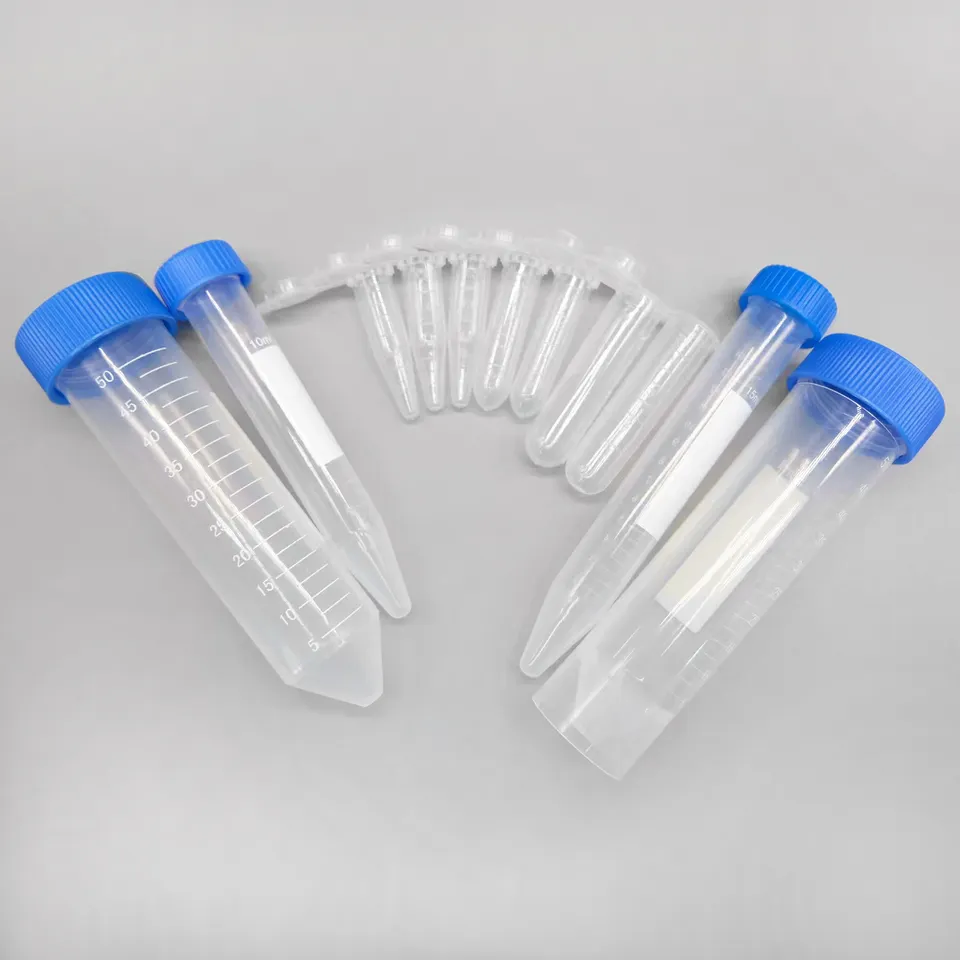
Here are some common use cases and applications of centrifuge tubes: – Sample preparation – Centrifugation is used to separate blood into plasma and cellular components in tubes. Also used to pellet cells, precipitate proteins, etc. – RNA/DNA extraction – Spinning down nucleic acids during isolation procedures requires centrifugation in tubes. – Density gradient separation […]
